- Size
- Smallest
- Small
- Small to Medium
- Medium
- Large
- Giant
- Characteristics
- Smartest
- Hypoallergenic
- Fluffy
- Best Guard
- Best Family
- Best for Kids
- Low Shedding
- Healthiest
- Police Dogs
- Most Calm
- Quietest
- Color
- White
- Black
- Grey
- Brown
- Blue
- Red
- Coat
- Hairless
- Short
- Long
- Origin
- Japan
- China
- Australia
- Germany
- Italy
- United States
- France
- Group
- Hound
- Terrier
- Herding
- Toy
- Working
- Sporting
The Downward Dog Pose: A Canine Perspective
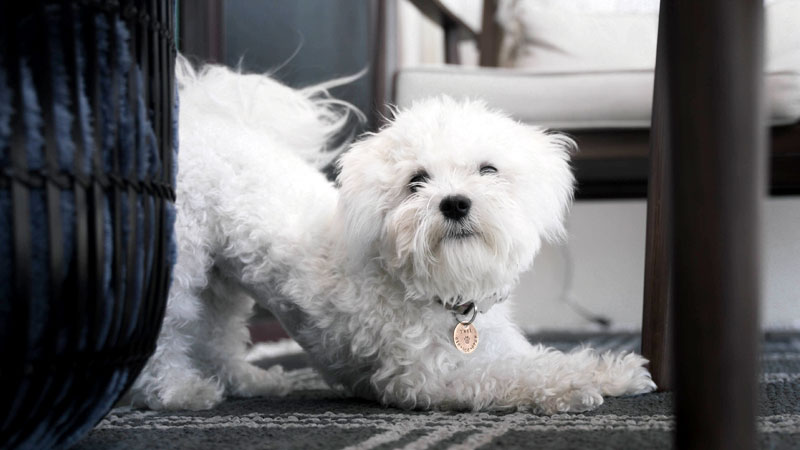
Photo by Karthik Sridasyam on Unsplash
Downward dog is one of the most common yoga poses and is used as a foundational pose for many yoga sequences. However, the pose is not just beneficial to humans but has also become a popular stretch for dogs.
But what does a "downward dog" look like for a dog, and what are its benefits? In this article, we will explore what downward dog means for dogs and how it can improve their physical health and emotional well-being.
Understanding the Downward Dog Pose
The downward dog pose is a yoga pose that stretches the hamstrings, calves, knees, and spine while strengthening the arms, shoulders, and core muscles. In this pose, the practitioner begins in a tabletop position with the hands and knees placed on the ground. The hips are then lifted towards the ceiling, and the hands and feet are firmly planted on the ground. The pose resembles an inverted "V" shape.
For dogs, the downward dog pose is quite similar, although they don't have hands or the ability to control their arm muscles in the same way as humans. Dogs begin in a similar tabletop position but then stretch their front legs forward, keeping their back legs extended behind them. The pose again resembles an inverted "V" shape, with the dog's head lifted.
Benefits of the Downward Dog Pose for Dogs
The benefits of the downward dog pose for dogs are numerous, ranging from physical to emotional well-being. Below are some of the critical benefits of this pose.
1. Stretches and Strengthens Muscles
Just like with humans, the downward dog pose can help dogs to stretch and strengthen their muscles. By extending their limbs, dogs can stretch the muscles in their legs, spine, and neck, helping to increase their flexibility and improve their range of motion. Additionally, the pose helps to strengthen the muscles in their arms, shoulders, and core, improving their overall physical fitness.
2. Relieves Joint Pain
For dogs with joint issues, the downward dog pose can help to alleviate some of their discomfort. The pose helps to stretch their hamstrings, calves, knees, wrists, and arms, relieving pressure on their joints. Additionally, the pose can stimulate blood flow, reducing joint inflammation and providing relief to dogs with arthritis or other joint pain.
3. Improves Digestion
The downward dog pose can also help to improve your dog's digestion. As they hold the pose, dogs engage their abdominal muscles, which can help to stimulate the digestive process. Additionally, the pose can help to reduce gas and bloating, leading to a healthier digestive system.
4. Reduces Stress and Anxiety
The downward dog pose can also help to reduce stress and anxiety in dogs. As they hold the pose, dogs take deep breaths, which can help to calm their nervous system and reduce feelings of anxiety. Additionally, the pose requires focus and concentration, which can help to redirect their attention away from stressful stimuli.
5. Builds Trust and Bonding
Practicing the downward dog pose with your dog can also help to build trust and strengthen your bond. As you work together to hold the pose, you are engaging in a shared activity that requires cooperation and mutual trust. Additionally, the pose can be a great way to spend quality time with your dog and provide them with the physical and emotional stimulation that they need.
How to Practice the Downward Dog Pose with Your Dog
If you're interested in practicing the downward dog pose with your dog, there are a few things to keep in mind. First, it's important to ensure that your dog is comfortable with the pose and able to hold it without discomfort. It's recommended that you work with a veterinarian or professional dog trainer to ensure that your dog is ready to perform the pose safely.
Next, it's important to introduce the pose slowly and gradually. Begin by practicing the tabletop position, then slowly stretch your dog's front legs forward. Place your hands on their shoulders to provide support and guidance. Gradually increase the amount of time that your dog holds the pose, starting with just a few seconds and gradually building up to longer periods.
It's also important to monitor your dog's behavior during the pose and stop immediately if they show any signs of discomfort or distress. Always provide positive reinforcement and praise to help your dog feel comfortable and enjoy the experience.
Precautions and Considerations
While the Downward Dog pose can offer several benefits to dogs, it's essential for owners to be mindful of their pets' comfort and physical condition. Here are some considerations:
Individual Differences: Dogs, like humans, vary in size, age, and health conditions. What may be suitable for one dog might not be for another. Owners should tailor activities to their dog's specific needs.
Start Slowly: Introduce the Downward Dog pose gradually, allowing the dog to become familiar with the movements. Sudden or forceful attempts may cause stress or discomfort.
Watch for Signs of Discomfort: Pay attention to your dog's body language. If they show signs of distress, pain, or discomfort, it's crucial to stop the activity and consult with a veterinarian.
Conclusion
The Downward Dog pose holds potential benefits for dogs, both physically and mentally. When approached with consideration for individual differences and the well-being of the dog, incorporating this yoga pose into your furry friend's routine can be a rewarding experience. As with any new activity, it's recommended to consult with a veterinarian before introducing your dog to yoga or other physical exercises. So, roll out your yoga mat, invite your canine companion, and embark on a journey of health and well-being together.
You May Also Like
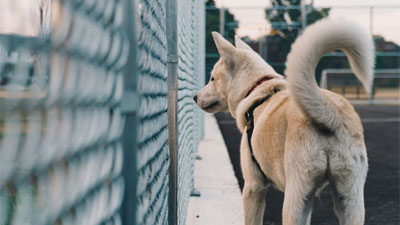 Dog BehaviorWhat Do The Different Dog Tail Positions Mean?
Dog BehaviorWhat Do The Different Dog Tail Positions Mean?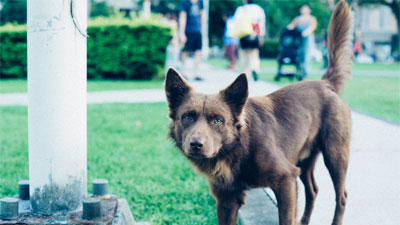 Dog BehaviorHow Do Dogs Show Their Emotions?
Dog BehaviorHow Do Dogs Show Their Emotions?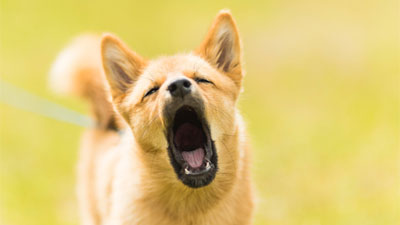 Dog BehaviorThe 6 Common Dog Sounds and Their Meanings
Dog BehaviorThe 6 Common Dog Sounds and Their Meanings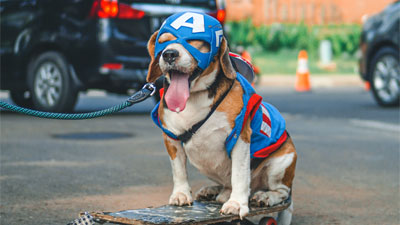 Help & AdviceWhat Is The Hardest Dog Trick?
Help & AdviceWhat Is The Hardest Dog Trick?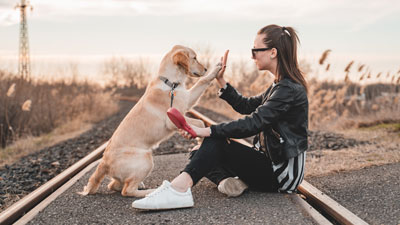 Dog Training TipsHere are the 7 Most Important Dog Commands
Dog Training TipsHere are the 7 Most Important Dog Commands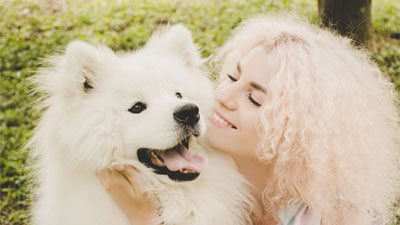 Dog Training Tips5 Easy Steps: How to Teach a Dog to Smile
Dog Training Tips5 Easy Steps: How to Teach a Dog to Smile